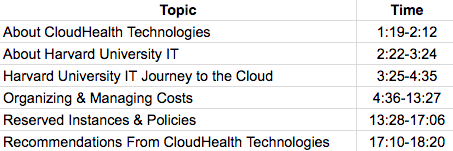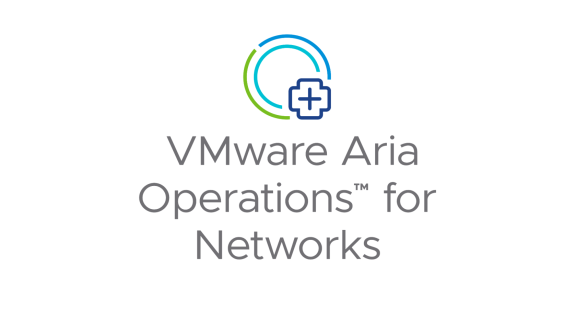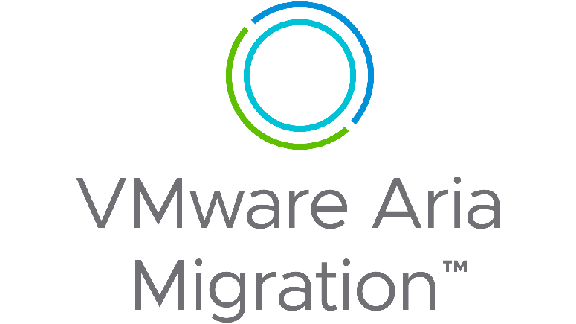Recently, we had the opportunity to sit down with Matthew Zeller, Assistant Director of Business Operations at Harvard University IT, for the webinar Optimizing Costs In The Cloud. We discussed how they have optimized their spend in the cloud and ended up drastically reducing their cloud costs.
From the start of Harvard University IT’s journey into the cloud to how they manage costs today, below we have highlighted some key moments from the webinar.
Challenges Adopting Cloud Services
“Our biggest challenges really revolve around the cost,” stated Matthew Zeller. With their main motivation moving towards the cloud being cost reduction, the goal is to keep cloud costs lower than their previous data center expenses. Additionally, migrating to the cloud meant that they could scale much faster and meet their demands at an increased speed as well.
Zeller discusses the challenges and costs they faced when debating about migrating to the cloud and what convinced them to officially make the move. Listen to the clip below.
Harvard University IT provides a central service
In the next clip Zeller covers how their centralized service, their Cost Engineering Service, uses CloudHealth to help monitor, model, make optimization recommendations, facilitate the budgeting process, and provide a significant amount of reporting.
Successes with CloudHealth
Reserved Instance management can be an overwhelming task. Harvard University IT, by using the CloudHealth Platform, has been able to capture $35,000 savings each month in Amazon EC2 Reserved Instances. Find out how by listening to the clip below.
Want to learn more but don’t have the time to listen to the entire webinar? No worries, that’s why we have these timestamps below so you can skip to what you need to hear now, and listen to the rest later.










